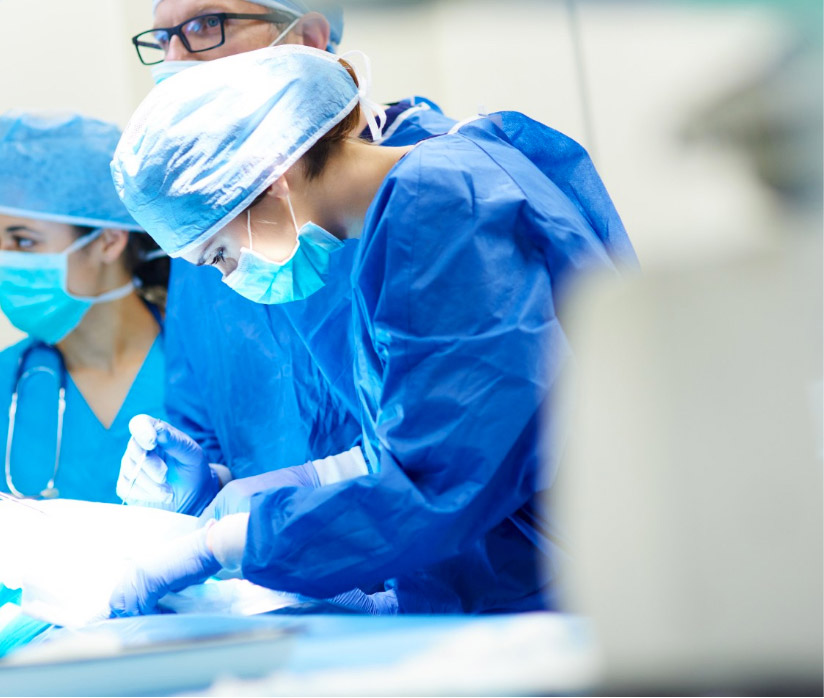Find a consultant

Find a consultant
Our consultant directory offers information on who our consultants are, their specialities and where they are based.
If you have an enquiry relating to your appointment or your treatment, you should contact the relevant department instead of your individual consultant to ensure that our clinical support team can provide you with the right support to your enquiry in a timely manner.

